By Elizabeth Koster
“Isn’t this magnificent?” my mother says, sweeping her arm across the sky’s reflection in a pond of water lilies in Giverny. To think, we were in the very garden that Monet had painted.
At eleven, his garden didn’t make an impression, but I remember the way her face lit up, her elation vibrating in the air.
*
Years after she’s gone, I see Cézanne’s studio in Provence flooded with sunlight, silver dust motes suspended. Here is his smock streaked with crimson, pears and waxy lemons in ceramic bowls. Skulls on a wooden ledge, a wine glass with burgundy stain. Frosted green bottles, his palette smudged with paint.
He had stood right here, and here, and here.
*
The spring following her death, I sit on the porch and hear my dad clacking pots in the kitchen. I imagine my mother will appear at the screen door to ask if I want corn on the cob, glimpse the ducks that dip down and skim the surface of our pond. “The duck couple!” she’d cry, convinced it was the same pair every year.
Daffodils have bloomed—her favorite flower—bowing on the hill in our yard. She would have stepped outside with her sunglasses and straw hat to cut them. She would have placed a vase of the yellow flowers onto the dining room table and leaned into their scent.
Elizabeth Koster’s work has appeared in Hobart, Lost Balloon, and The New York Times Modern Love column. She holds an MFA in creative nonfiction from Columbia University and teaches writing in New York City.
Photo by shorty25 via Adobe Stock






















































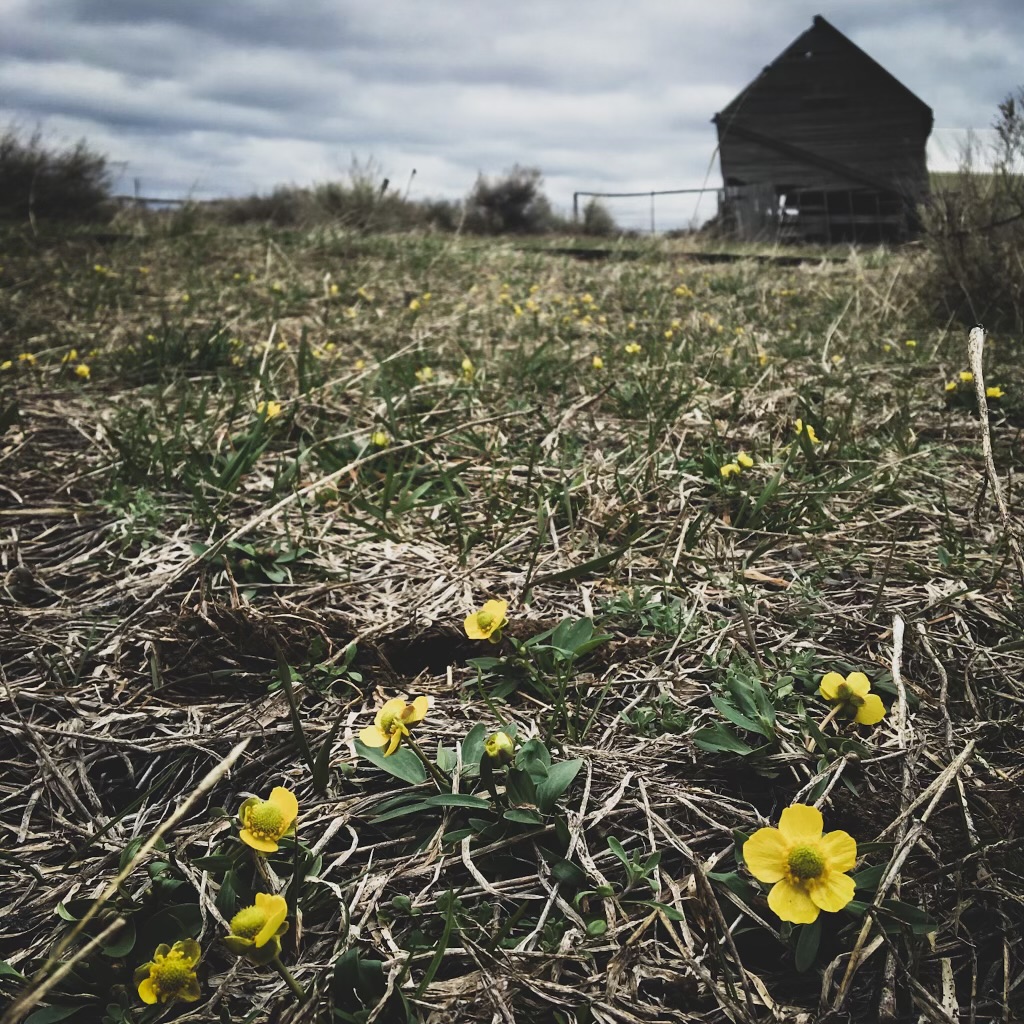











































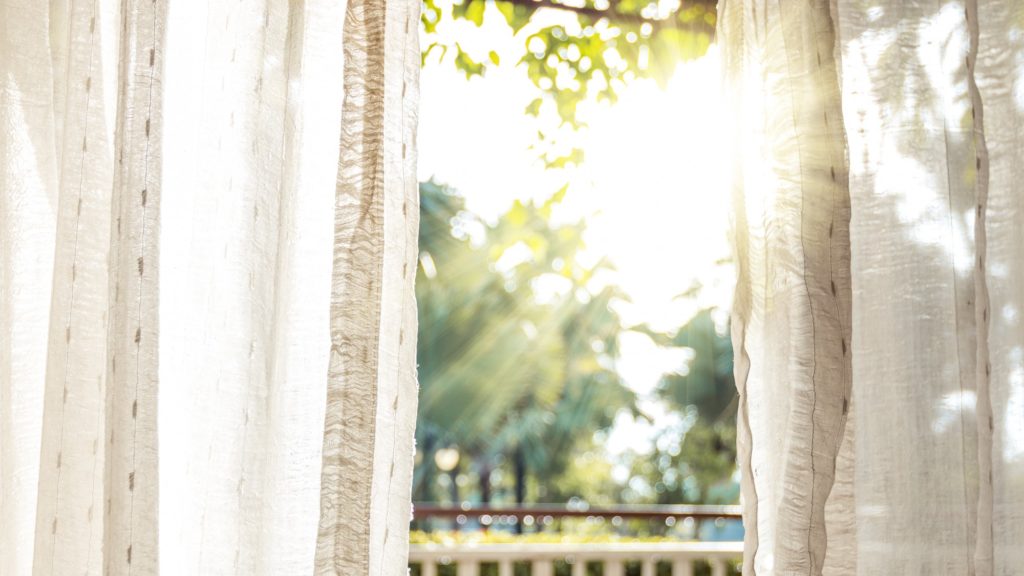





















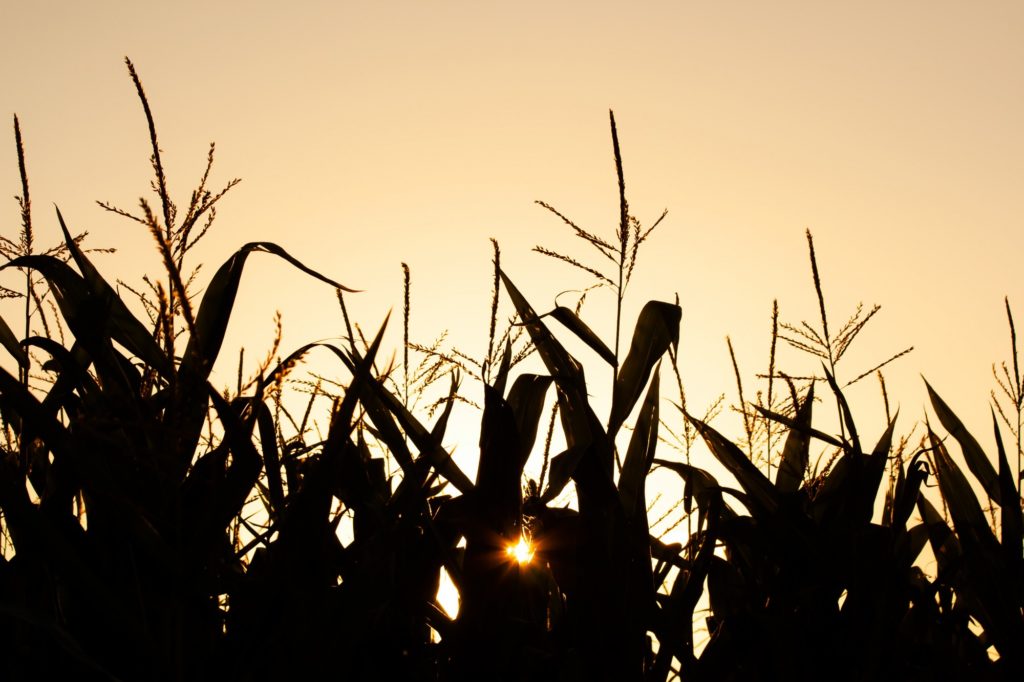






















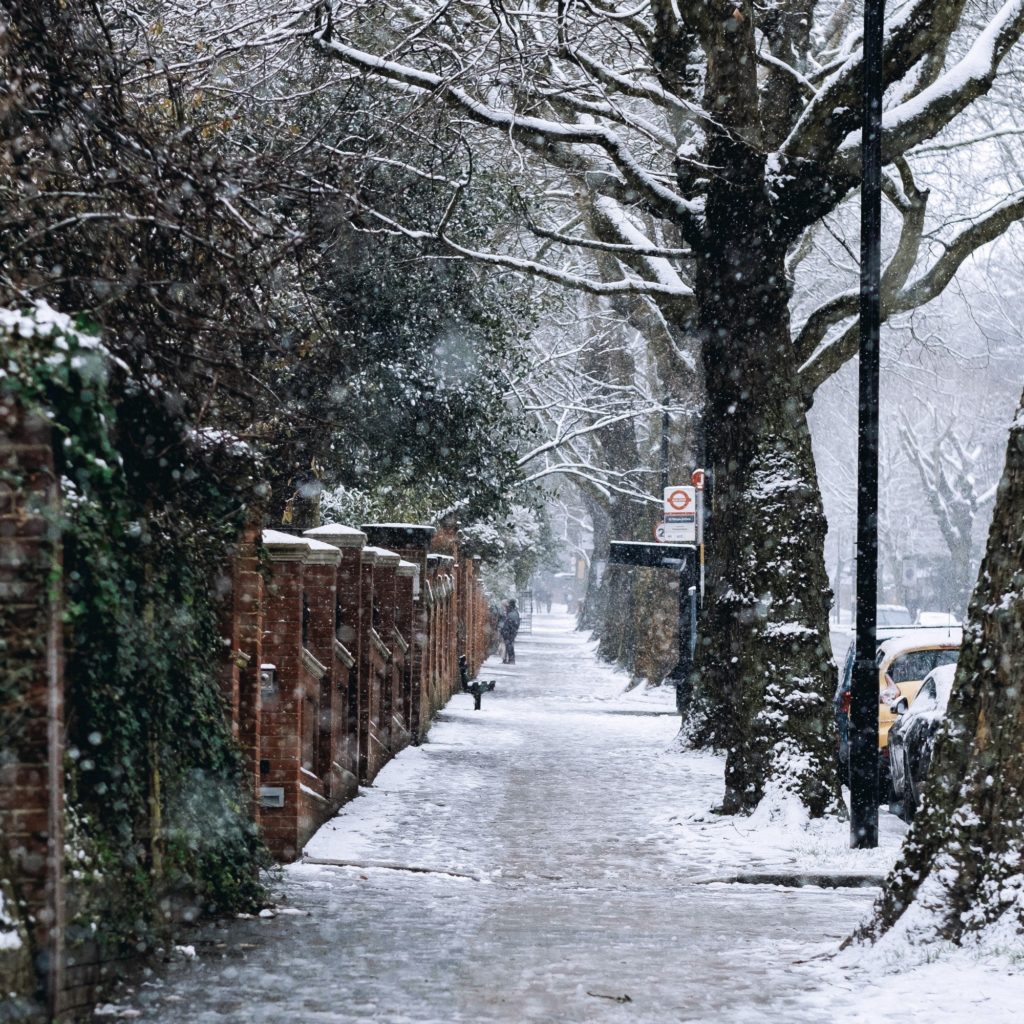




















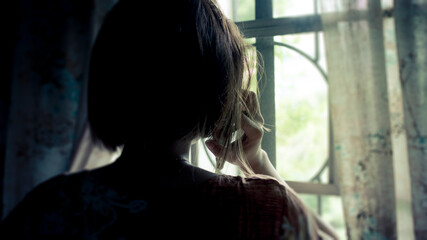












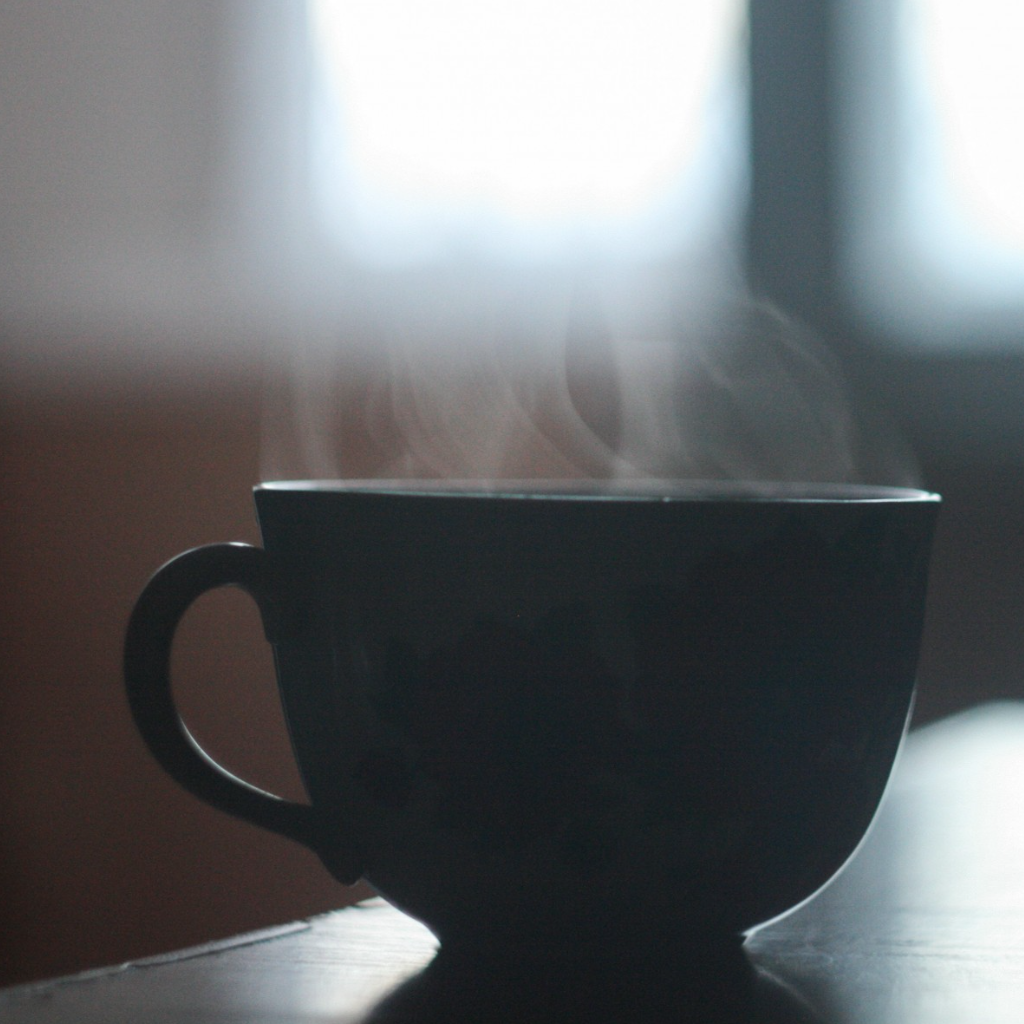

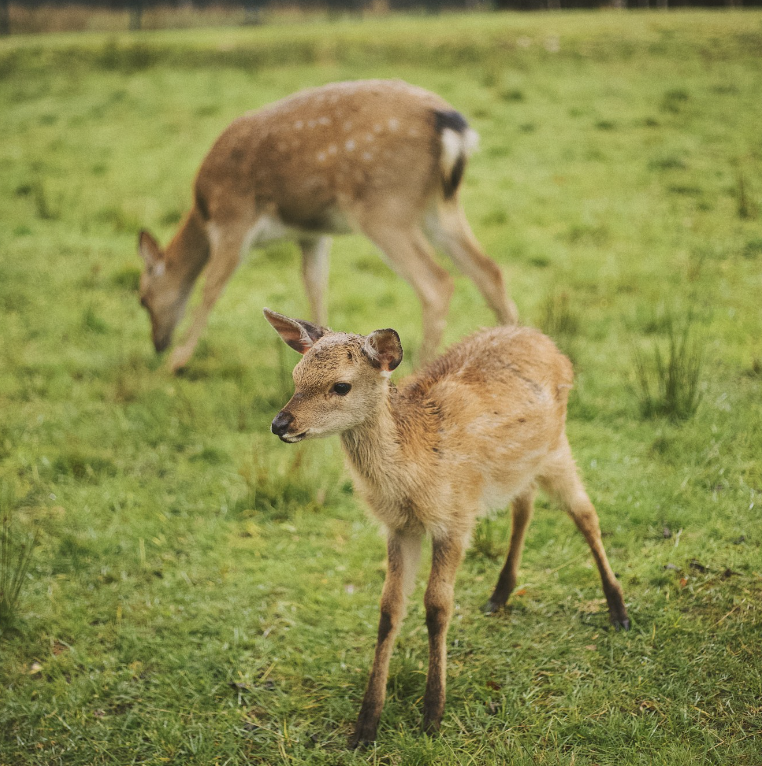































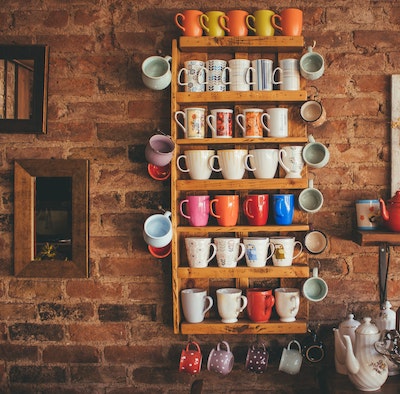



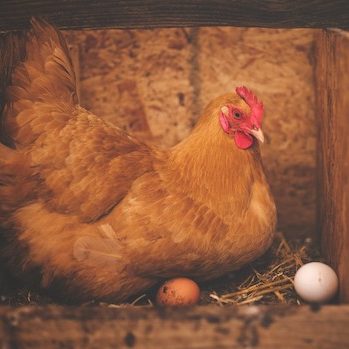





































































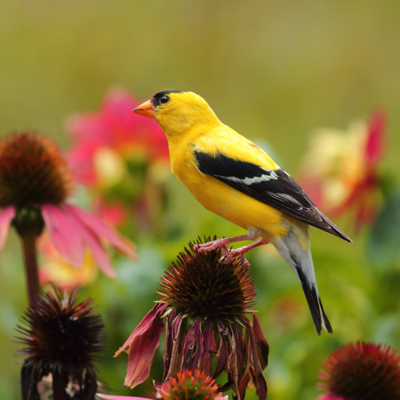
















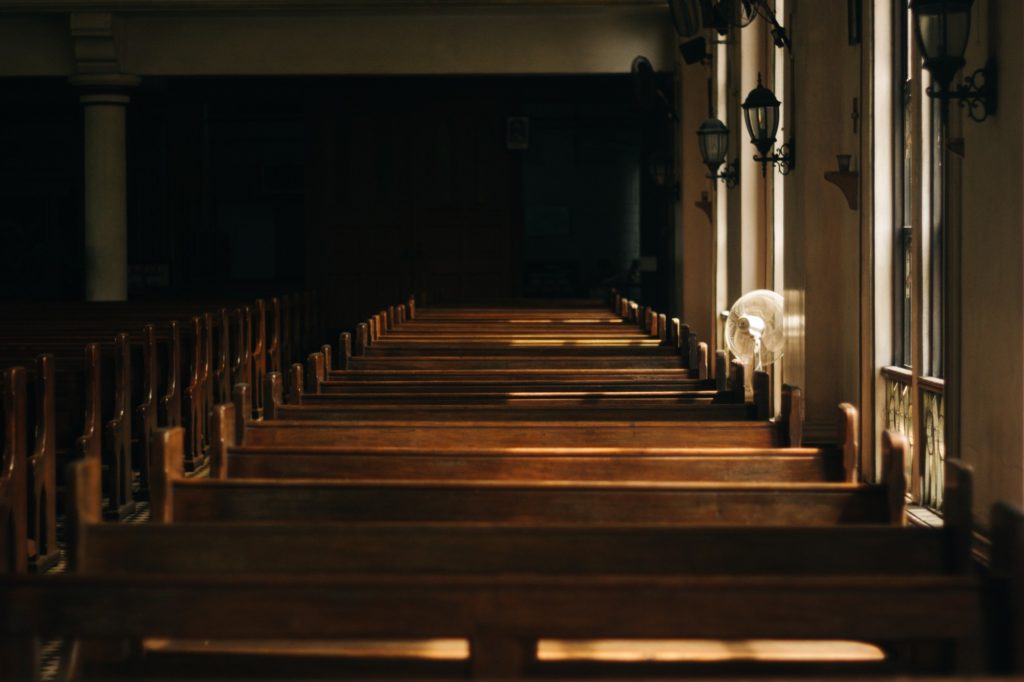

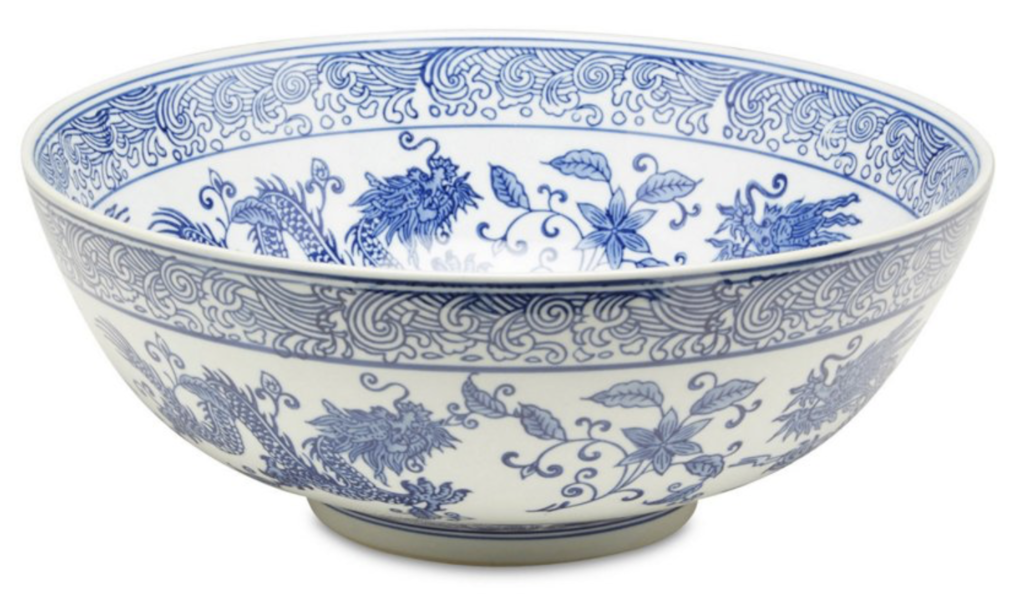
























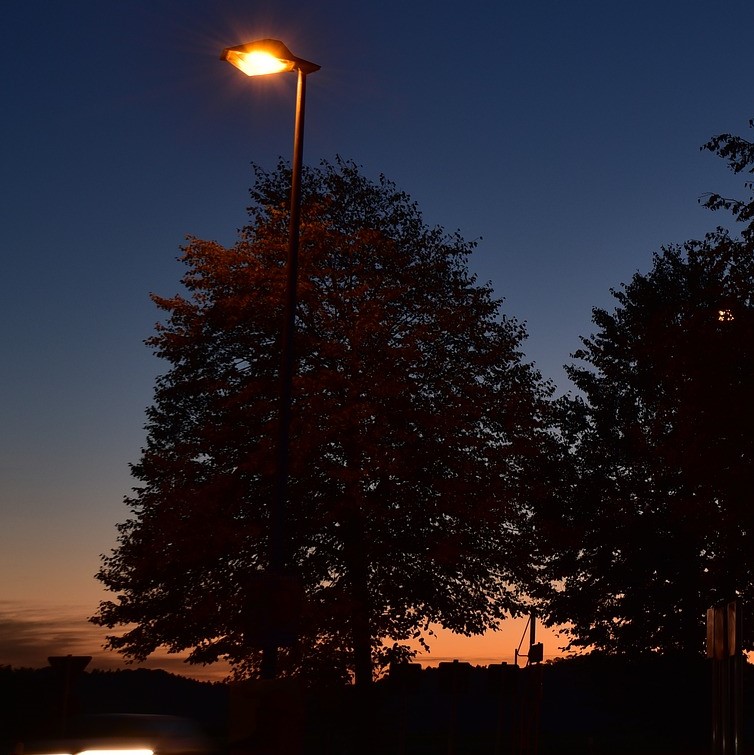















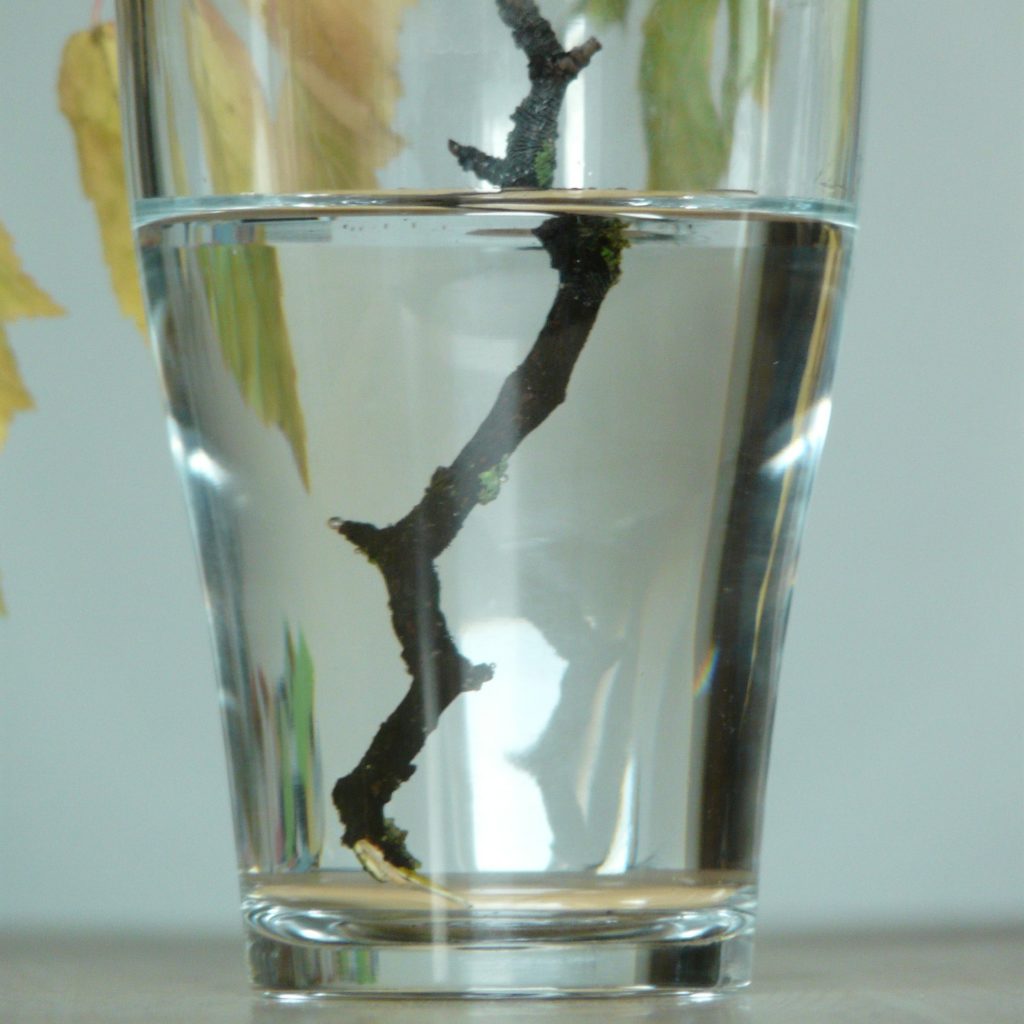







































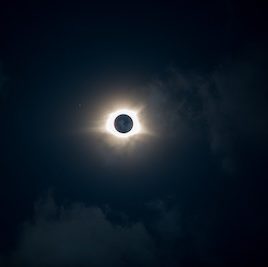
















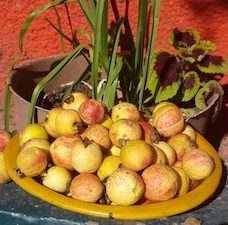









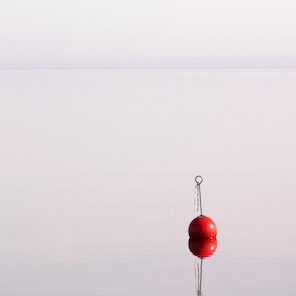









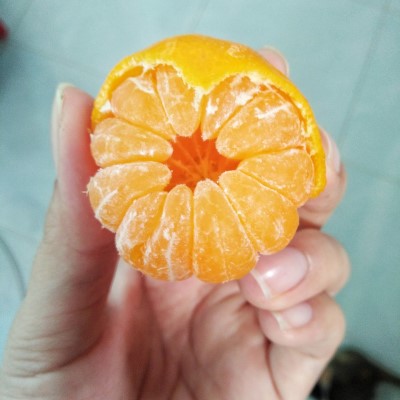
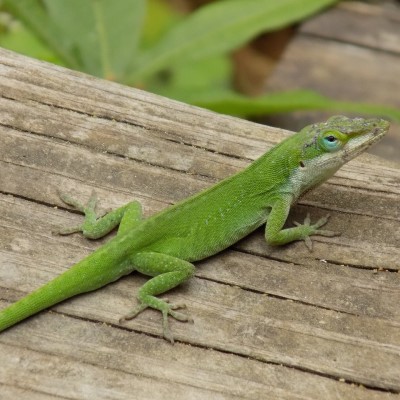

















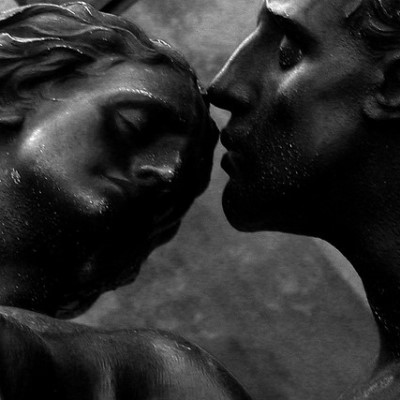

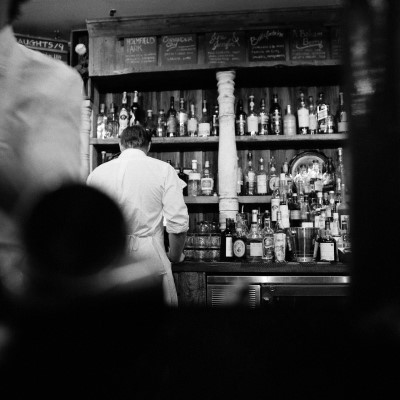
















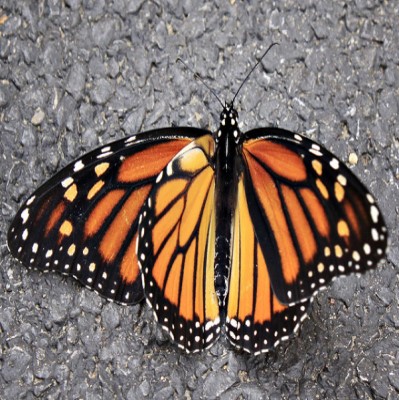
























































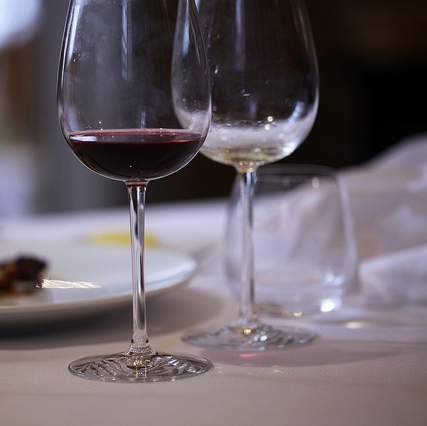
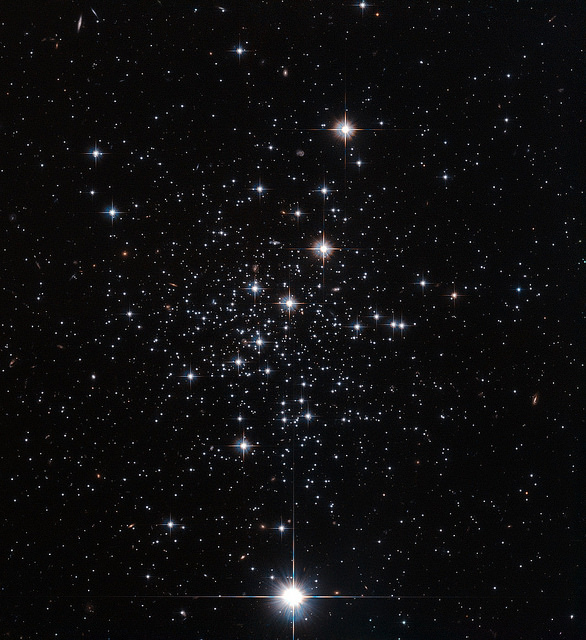

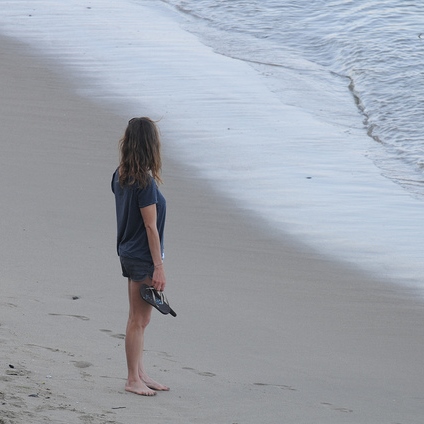



















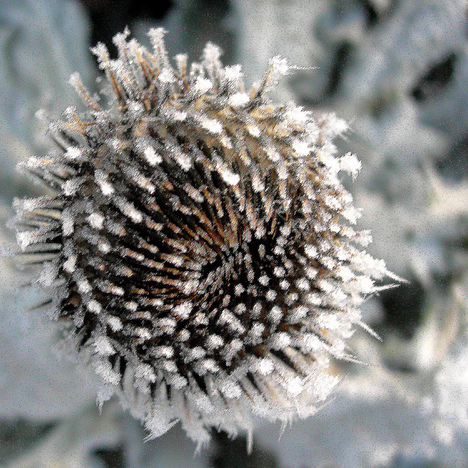
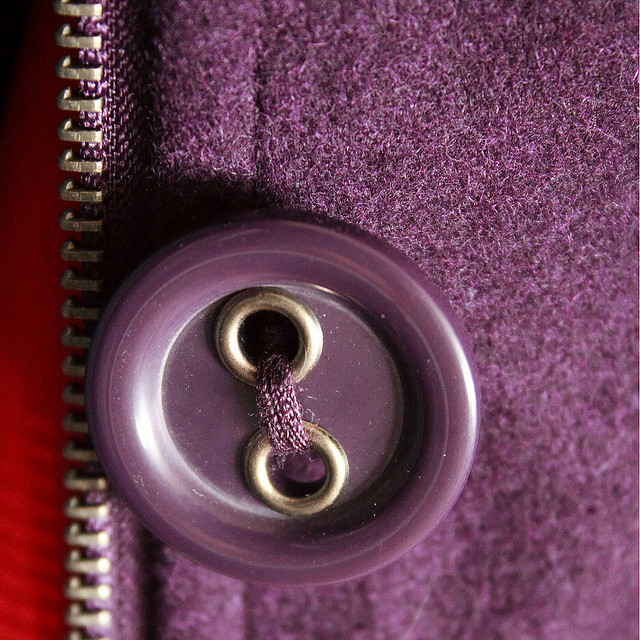





































































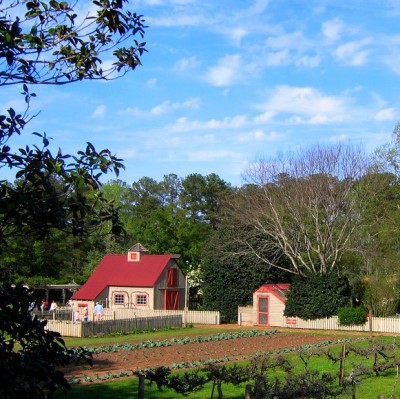





















0 Comments